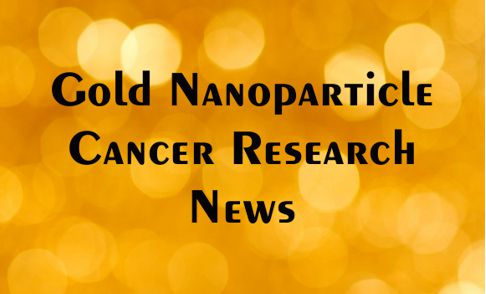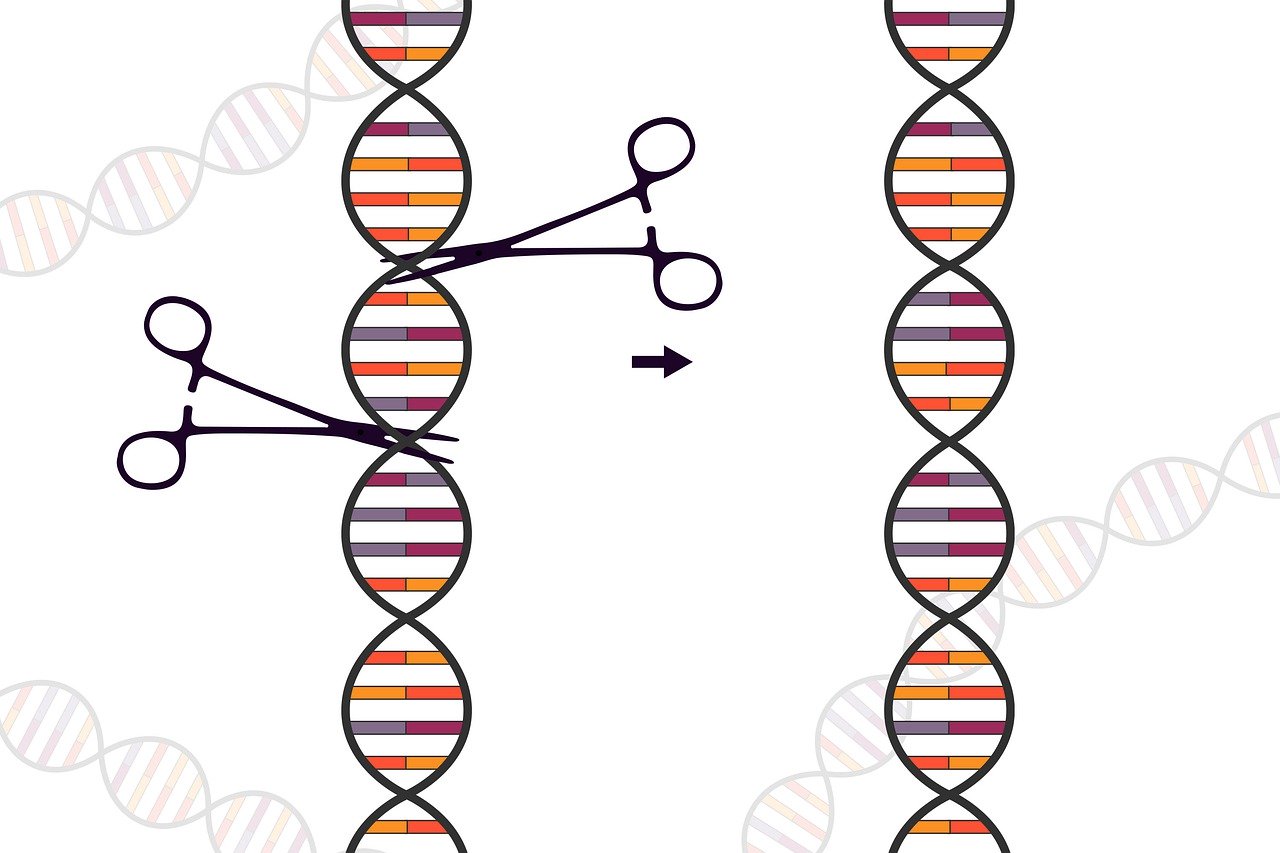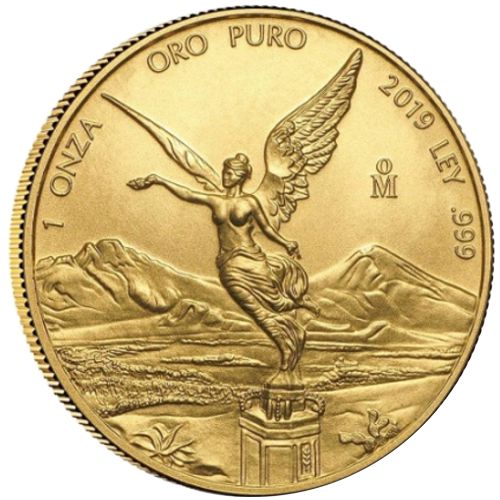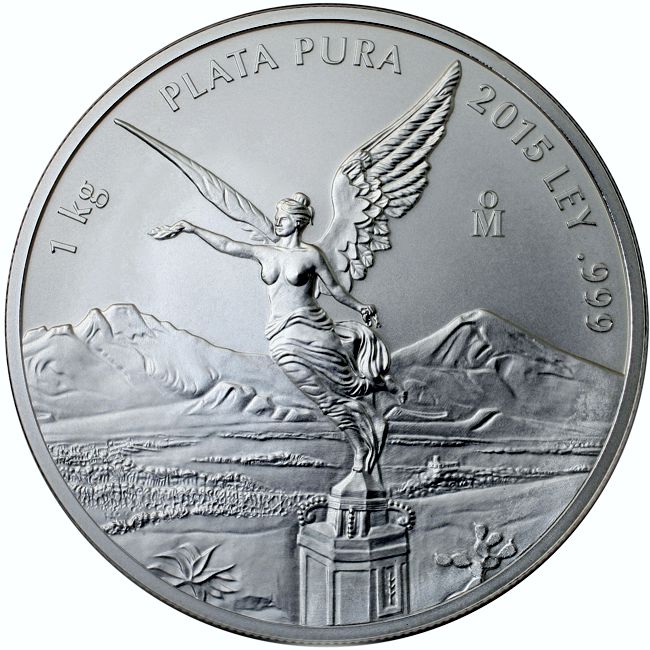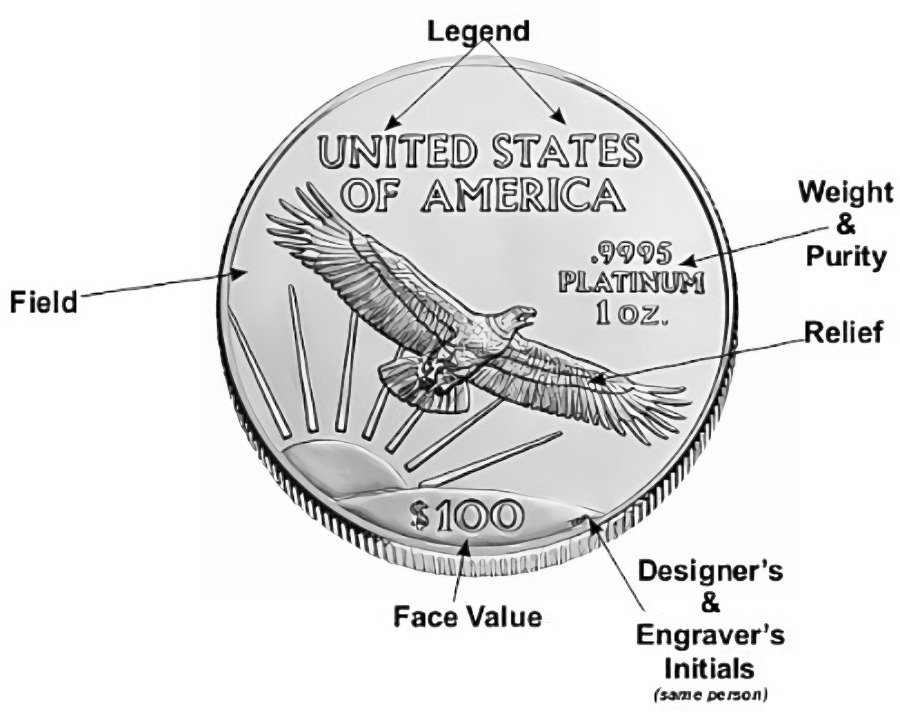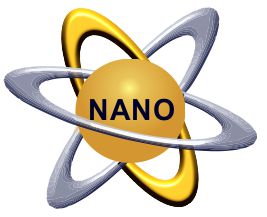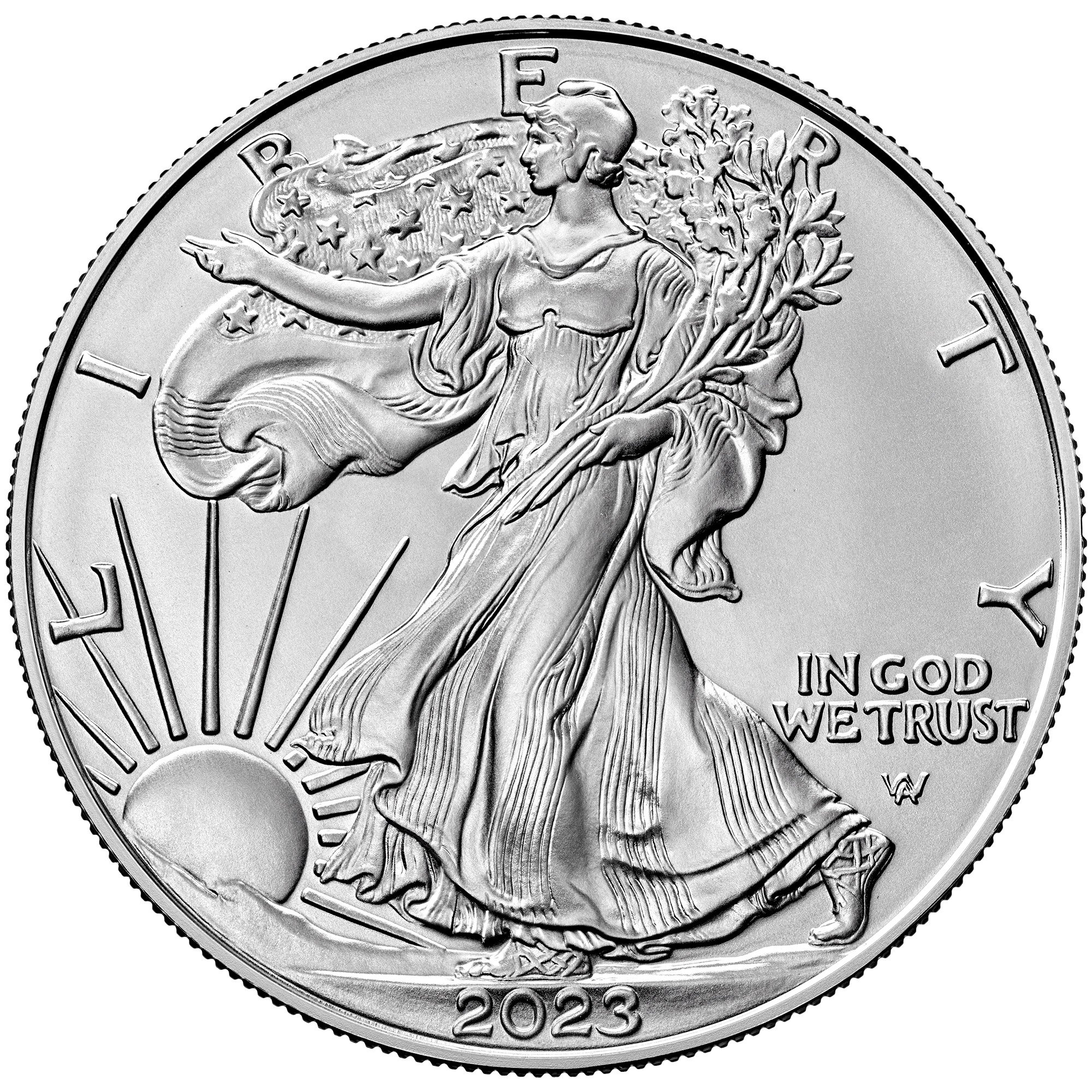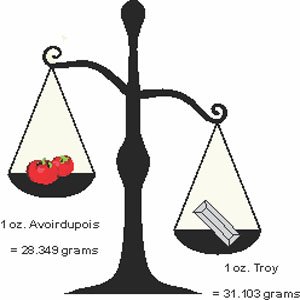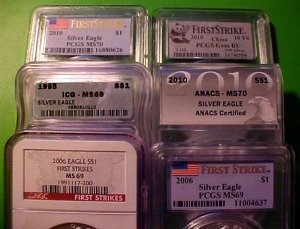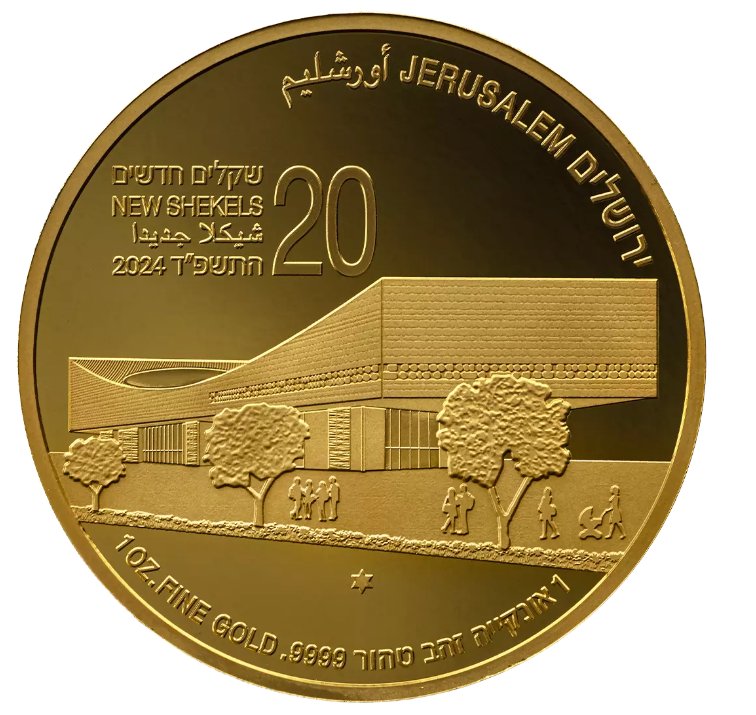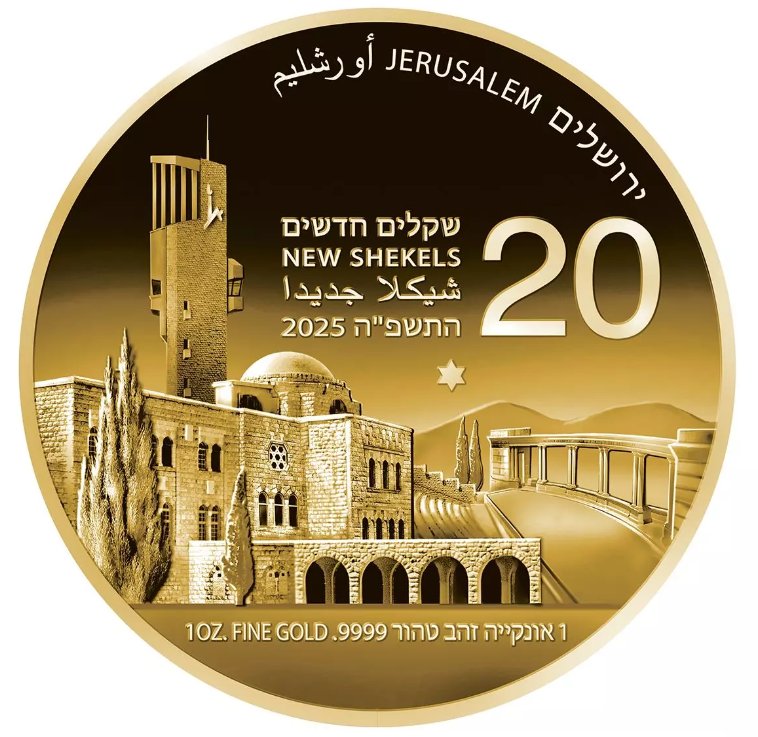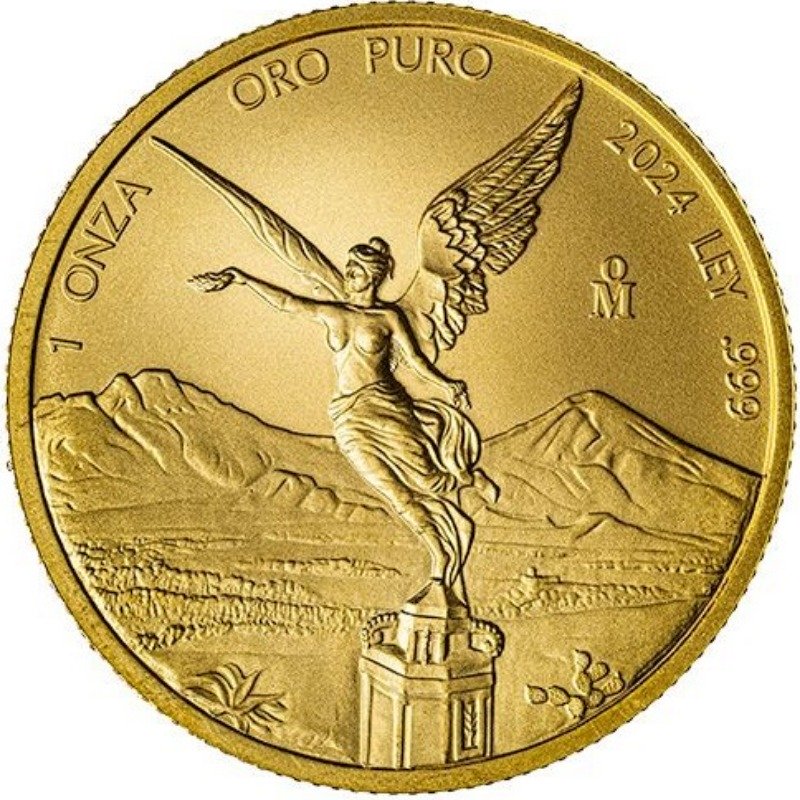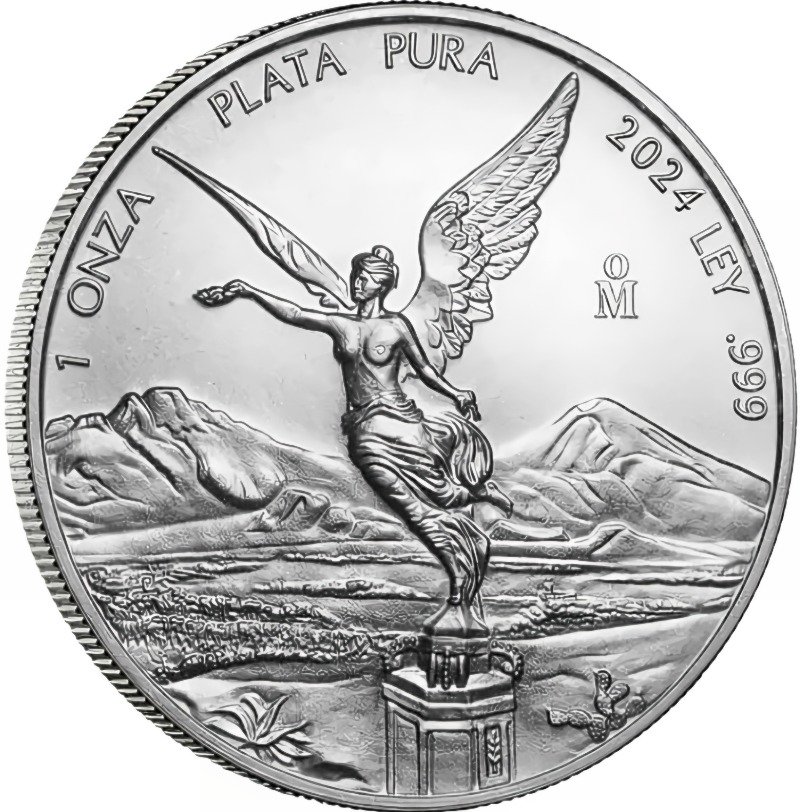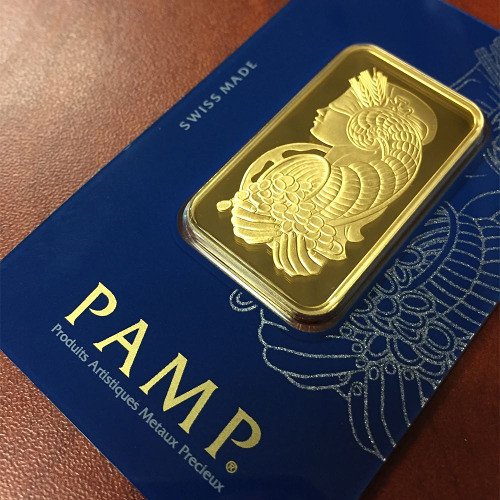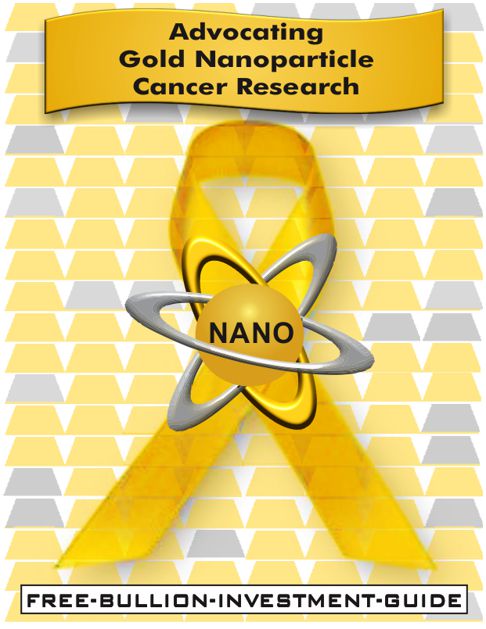Homepage / AuNP Research Blog / Gold Nanoparticle Cancer Research News #4

ExpressGoldCash - 4.9 star - Customer Reviews
Gold Nanoparticle Cancer Research News
#4
Originally Posted on 01/29/2018 @ 5:02 pm
Last Edited on 06/10/2025
by Steven Warrenfeltz
Subscribe to this Blog
Gold Nanoparticles are inert, research studies have repeatedly proven that they only hurt the cancer cells they are made to attack, so there are no life-threatening side-effects associated with this research.
In this report, you'll find summaries of the most promising and compelling Gold Nanoparticle cancer research studies, since late November of 2017.
Below is a glimpse into what you'll find in this issue:
- Researchers at the University of Texas are using super computers to develop a cancer fighting 'Golden Pill'
- Washington State University professor develops a new gold-platinum nanoparticle to fight cancer.
- CRISPR-Cas9: Chinese scientists find more proof that gold nanoparticles should be used to deliver the genome-editing tool.
Designing a Golden Pill...
Researchers out of the University of Texas are trying to figure out the best way to develop a microscopic golden nano pill that will kill cancer cells.
In the study, researchers are using supercomputers at the Texas Advanced Computing Center at the University of Texas, as well as supercomputers in San Diego, California, to test how the gold pills would interact inside the body before they create them in the lab.
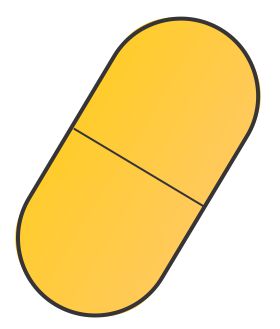
The goal was to develop a golden nano pill that would navigate through the bloodstream, find cancer cells, then release its payload of cancer-killing drugs when infrared light was shown them.
To clarify, these pills won't be swallowed; nanoparticles are a hundred thousand times smaller than a human hair. Instead, large quantities of these gold nano-pills will be injected into a patient's body.
In the article, Dr. Zhenpeng Qin, an assistant professor of Mechanical Engineering and Bio-engineering at the University of Texas at Dallas, stated the following about why they are using supercomputers in the development of these pills:
|
"A lot of people make nanoparticles and observe them using electron microscopy," Qin said. "But the computations give us a unique angle to the problem. They provide an improved understanding of the fundamental interactions and insights so we can better design these particles for specific applications." Zhenpeng Qin - assistant professor of Mechanical Engineering and Bioengineering at the University of Texas at Dallas |
The article goes on to state that Dr. Qin and the research team are testing different combinations of gold nanoparticles, including grouping or compacting gold nanoparticles together to enhance their collective attributes.
Researchers use
Gold & Platinum Nanoparticles
to Fight Cancer
In this next study, researchers at Washington State University have developed nanoparticles made of gold and platinum to enhance their tumor-killing properties when heated.

In this study, the researchers targeted the mitochondria of the cancer cell.
Mitochondria are organelles found in cells, and their primary function is to produce energy for the cell, meaning that if the mitochondria are destroyed, the cell cannot survive.
The researchers used highly porous, core-shell gold-platinum nanoparticles that have a high surface area, which allowed them to deliver more cancer-killing drugs to the tumor.
Once the Au-Pt nanoparticles were inside the cancer cell's mitochondria, the researchers used a cancer treatment called Photodynamic Therapy (PDT) to activate them.
Photodynamic therapy (PDT) is a treatment that uses a drug called a photosensitizer and light to treat cancer.
When the light of the photodynamic therapy was shown on the gold-platinum nanoparticles, they released the photosensitizing drug, which created a catalytic reaction releasing oxygen through 'Reactive Oxygen Species' (ROS) that killed the cancer cell.
In addition, the researchers found that the gold-platinum nanoparticles enhanced the reaction inside the cell's mitochondria by creating a ROS burst, making Photodynamic Therapy (PDT) more lethal to cancer cells.
In conclusion, researchers discovered that gold-platinum nanoparticles enhanced the effectiveness of Photodynamic Therapy (PDT) in killing cancer cells.
The lead researcher, Annie Du, a professor in the School of Mechanical and Materials Engineering, stated the following about the results of the study:
|
"The new procedure, if approved for use, will mean fewer side effects for cancer patients." and "Ours is a targeted system, we increase drug concentration in the cancer cell itself, not in other parts of the body. This means physicians can prescribe smaller amounts of drugs." - Annie Du, research professor in WSU’s School of Mechanical and Materials Engineering |
See the full article here: WSU researchers use gold to target, kill cancer cells with less drugs by Siddharth Vodnala, intern, Voiland College of Engineering and Architecture - WSU News
Gold Nanoparticles used for the Safe Delivery of CRISPR-Cas9
CRISPR stands for (Clustered Regularly Interspaced Short Palindromic Repeats), it is a genome-editing tool that splices and then edits DNA; it inhibits bad genes by removing a defective DNA strand and replacing it with a corrected strand of DNA code
CRISPR-Cas9 has had lots of good results in several 'in vitro' studies, or studies outside a living organism, but one big problem for this research that the genome-editing tool has a problem with is getting to its expected destination in a living specimen.
Researchers discovered that the longer DNA editing tool remains in the body, the more it poses a threat to the body due to potential unwanted "edits."
The last research study in this GNP Cancer Research News Report comes out of Beijing, China, at its National Center for Nanoscience and Technology.
The researchers noted that they chose gold nanoparticles because they can be easily modified for various biological molecules.
In the study, once the gold nanoparticles found their targets, lasers were used to separate the CRISPR-Cas9 gene-editing tool from its nano-gold delivery vehicle.
When the separation occurred, this enabled the CRISPR-Cas9 gene editing to knock out the targeted gene, killing the cancer cells and inhibiting tumor growth.
The study has provided more positive results for using gold nanoparticles as CRISPR-Cas9's delivery system.
Plus, the research notes that gold nanoparticles add a complementary factor to aiding CRISPR-Cas9 by acting as a " thermotherapeutic " agent.
The study's findings are as follows:
|
“In summary, this relatively simple design using gold nanoparticles, peptides, and lipids assembled into a sophisticated multifunctional carrier/release system could serve as a multifunctional delivery platform for various aspects of gene therapy.” |
Thank You for your Time.
Take Care & God Bless,
Steve
Other pages, on this Guide, that you
may like...
|
|
|
Notice:
The charts, commentary, and information on the Free-Bullion-Investment-Guide.com are not meant to encourage you to invest or divest in any particular way.
|
Support this Guide & Paypal Thank You for Your Support |
|
|
 | |||||

Ad Gloriam Dei
This website is best viewed on a desktop computer.
Keep this Guide Online
& Paypal
Thank You for
Your Support
with Feedly
Search the Guide
| search engine by freefind | advanced |
Premium Canadian Bullion
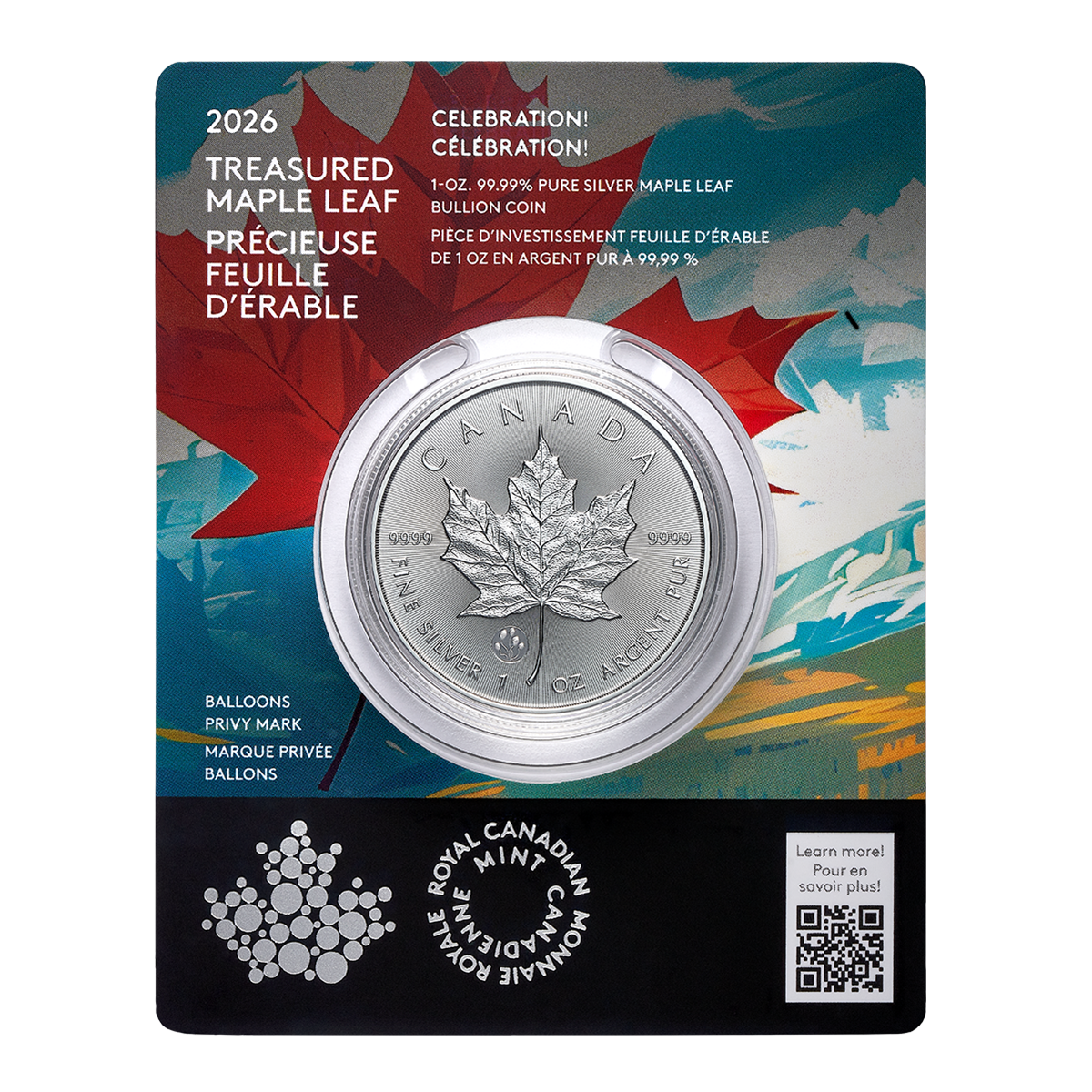
Give a lasting gift of the iconic Silver Maple Leaf bullion coin [More]
Free Shipping on Orders over $100 (CDN/USA)
or
From the U.K. Royal Mint


Daily
Newsletter
Updated Mintages for
American Gold Buffalo
American Gold Eagle
American Silver Eagle
2024 & 2025
Jerusalem of Gold Bullion
Coin photos
(bottom of page)
Mintages
for
2024
Gold & Silver Mexican Libertad
|
Gold Libertads |
Chinese Gold Coin Group Co.
& Chinese Bullion
Help Us Expand our Audience by forwarding our link
www.free-bullion-investment-guide.com.
Thank You!
Last Month's

In No Particular Order
November 2025
All Articles were Originally Posted on the Homepage
